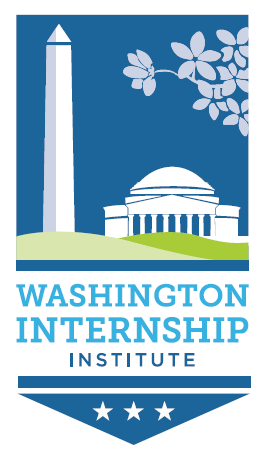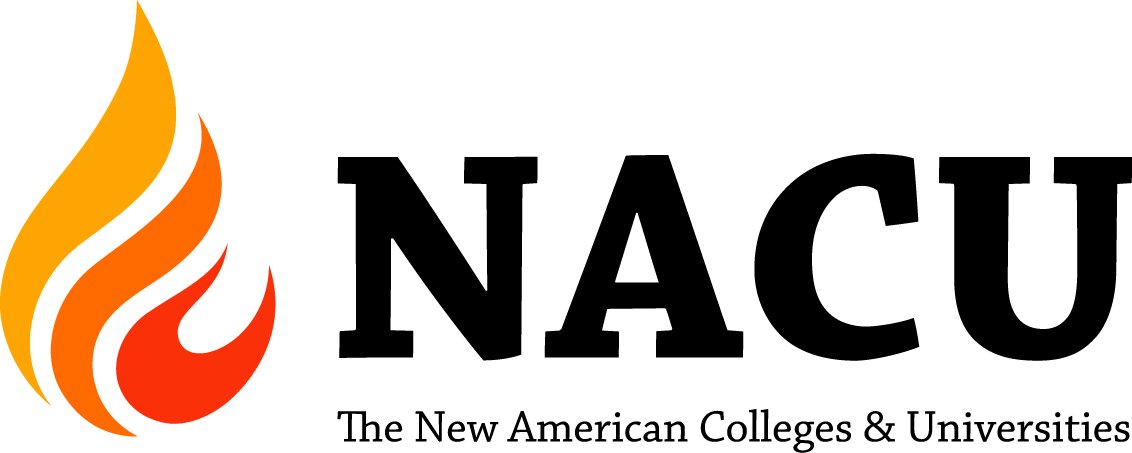What Matters with Career Services; or, What’s the Matter with Career Services?
/Recently, Handshake, the career services platform that has become a leader in the field at a breathtakingly fast clip, published a white paper and a webinar on “Outcomes and Metrics that Matter” as it pertains to college education and career preparation. Their subtitle for the topic, “Embedding Career Services at Higher Education’s Core,” is exciting, as this is an effort that has been at the forefront of discussions in higher education for a while now.
However, it appears the authors are advocating an insufficient approach, despite nods in the direction that I think higher education needs to go. While talking about holistic approaches to student preparation for life after college, the authors seem to want to merely place the career services office at the center of the institution, rather than taking the more radical, risky, and challenging step of truly integrating student learning and preparation for life after college.
While Christine Cruzvergara noted in the webinar that “The problem is most institutions are not thinking about this systemically….They’re thinking about it from a programmatic approach,” the ideas presented in their white paper and webinar still use that latter approach in seeing career services as a program that is merely added to or positioned differently within the curriculum.
Indeed, their approach to integrating career development does not really seem like integration at all. As one of the ways in which leaders can “position career services to thrive in the future,” they recommend that institutions “integrate career readiness education into the academic curriculum [by] offering credit or other policy-based motivators to ensure student engagement.” Such an approach does not seem like true integration, but merely another box students would stamp in the bingo-card approach they are too often likely to, forced to, and/or encouraged to take with their degree requirements.
More promising would be another of their recommendations: “Teach students to articulate and translate their learning from the classroom to their work experiences—and back again.” AAC&U President Lynn Pasquerella in the webinar argues for just such an effort: “We need to equip students to name and reflect on the skills that matter and ...how these skills can connect to their career aspirations….We need to give students a way to tell their stories.”
Great, but who does this kind of teaching? This kind of teaching can be done by career services professionals, but they often lack the time, resources, relationships, or access to adequately do so. The actual regular teachers of these students seem like obvious candidates, but they too lack the time and resources, as well as the training to help students.
So then what do we do? Like I saw when doing research on approaches to improving diversity education and now see leading students to see the connections between academics, experiential education, and their future career, students are loath to actively pursue and be properly educated by programs and classes explicitly dedicated to these issues.
In other words, despite knowing that they should, often students either don’t care enough or don’t have enough time and resources to do this work. This is why we have to truly integrate this work into the curriculum and the classroom because we need to make students do it without them knowing or without taking more time out of their busy schedule. The latter issue is often a question of access and must be addressed by institutions. However, the former issue may stem from us providing students with what they don’t want or perhaps even need.
Incidentally, I think this lack of motivation, wherewithal, or resources may partially explain the popularity of majors tied directly to jobs and the obsession with credentialing: it’s baked in; students don’t have to work to figure out how what they learn in school is tied to the job they’ll have after they graduate.
However, what we’re setting up by encouraging these expectations and these increasingly specific majors is not merely a diminution of the relevance of liberal education, but dissatisfied students in the long run. A recent article in the Washington Post discussed the uptick in people quitting jobs during the pandemic, in part because they realized just how dissatisfied they are. I fear that we set students up for a lifetime of such dissatisfaction if we do not equip them with the skills and knowledge to pivot--and tell the story of why they are pivoting and how they can do so.
Moreover, by centralizing career services, we reinforce the message that a college education is the means to the end of a job (or career, to be sanguine). This formula is anathema to most of us in higher education and is, I think, increasingly anathema to students who see higher education and a career as means to the end of a happy, productive life.
Pasquerella says in her foreword to the white paper,
Ultimately, the goals and effects of embedding career services into the liberal education core must be reciprocal. On the one hand, the move should ensure that career services is not narrowly focused (either on immediate postgraduation outcomes or on a too-narrow set of skills as “marketable” or directly related to employment or job prep), but rather that it helps students understand how the fullness of their college experience prepares them for long-term career success. On the other hand, it should render visible for students that what they’re gaining from their experiences can be applied to the world of work—and how to apply it.
In many ways, I couldn’t agree more -- and we try to do just that in our program to connect students’ academic and professional (and civic) lives. However, this white paper does not follow the holistic vision Pasquerella sets forth, nor one of its author’s declarations from eight years ago that “career services must die”: instead, it renders career services as yet another measurable aspect of higher education and centers it at institutions without truly integrating it.
And, perhaps we’re talking about different services rendered by “career services.” In the webinar, Andy Chan posits that “schools have to be bold enough to say we actually know better than you, student,...about what you need to know to help you get prepared for the world of work.” That’s probably true, when it comes to how to get a job and professional skills and communication; however, when it comes to being prepared for how a student wants to approach, participate in, and utilize the world of work, I am not sure that we do know better than they do.
This is hard work and I certainly don’t have all of the answers, but I don’t think repackaging, recentering, and regenerating career services will accomplish the goals of a holistic education we all aspire to provide. To do so, I think it is imperative to, at the very least, involve students, faculty, and staff in developing creative and institution-specific approaches that meaningfully connect learning, vocation, and career to fulfill the mission of each institution and the mission of higher education--to define exactly what are the “outcomes and metrics that matter.”


